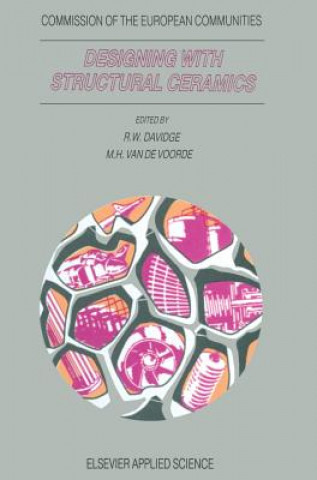
Kód: 01435085
Designing with Structural Ceramics
Autor R.W. Davidge, Marcel H. Van de Voorde
The last 30 years have seen a steady development in the range of ceramic materials with potential for high temperature engineering applications: in the 60s, self-bonded silicon carbide and reaction-bonded silicon nitride; in the 7 ... celý popis
- Jazyk:
 Angličtina
Angličtina - Vazba: Pevná
- Počet stran: 343
Nakladatelství: Springer Netherlands, 1991
- Více informací o knize

1540 Kč

Skladem u dodavatele v malém množství
Odesíláme za 13-16 dnů
Potřebujete více kusů?Máte-li zájem o více kusů, prověřte, prosím, nejprve dostupnost titulu na naši zákaznické podpoře.
Přidat mezi přání
Mohlo by se vám také líbit
-

Život jako prostor vztahů
252 Kč -

Temperate and Subtropical Fruit Production
2414 Kč -

Alles auf dem Rasen
302 Kč -

Labor and Politics in the U.S. Postal Service
3037 Kč -

Kriminalpädagogik.
807 Kč -

Ecclesiastical History, Books 6-10
1346 Kč -

Phospholipids in the Nervous Sytem
1825 Kč -
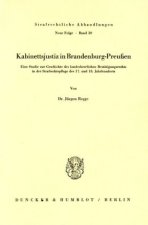
Kabinettsjustiz in Brandenburg-Preußen.
1255 Kč -

Horizonte - Geschichte für die Qualifikationsphase in Niedersachsen
391 Kč -

Advances and Technical Standards in Neurosurgery
4671 Kč -
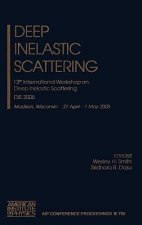
Deep Inelastic Scattering
8269 Kč -

Grenzen amtlicher und dienstlicher Weisungen im öffentlichen Dienst.
1255 Kč -

Das 911er Schrauberhandbuch
1052 Kč -

Linear Representations of Groups
2220 Kč
Darujte tuto knihu ještě dnes
- Objednejte knihu a zvolte Zaslat jako dárek.
- Obratem obdržíte darovací poukaz na knihu, který můžete ihned předat obdarovanému.
- Knihu zašleme na adresu obdarovaného, o nic se nestaráte.
Více informací o knize Designing with Structural Ceramics
Nákupem získáte 154 bodů
 Anotace knihy
Anotace knihy
The last 30 years have seen a steady development in the range of ceramic materials with potential for high temperature engineering applications: in the 60s, self-bonded silicon carbide and reaction-bonded silicon nitride; in the 70s, improved aluminas, sintered silicon carbide and silicon nitrides (including sialons); in the 80s, various toughened Zr0 materials, ceramic matrix composites reinforced with silicon 2 carbide continuous fibres or whiskers. Design methodologies were evolved in the 70s, incorporating the principles of fracture mechanics and the statistical variation and time dependence of strength. These have been used successfully to predict the engineering behaviour of ceramics in the lower range of temperature. In spite of the above, and the underlying thermodynamic arguments for operations at higher temperatures, there has been a disappointing uptake of these materials in industry for high temperature usc. Most of the successful applications are for low to moderate temperatures such as seals and bearings, and metal cutting and shaping. The reasons have been very well documented and include: Poor predictability and reliability at high temperature. High costs relative to competing materials. Variable reproducibility of manufacturing processes. Lack of sufficiently sensitive non-destructive techniques. With this as background, a Europhysics Industrial Workshop sponsored by the European Physical Society (EPS) was organised by the Netherlands Energy Research Foundation (ECN) and the Institute for Advanced Materials of the Joint Research Centre (JRC) of the EC, at Petten, North Holland, in April 1990 to consider the status of thermomechanical applications of engineering ceramics.
 Parametry knihy
Parametry knihy
Zařazení knihy Knihy v angličtině Technology, engineering, agriculture Industrial chemistry & manufacturing technologies Industrial chemistry
1540 Kč
- Plný název: Designing with Structural Ceramics
- Autor: R.W. Davidge, Marcel H. Van de Voorde
- Jazyk:
 Angličtina
Angličtina - Vazba: Pevná
- Počet stran: 343
- EAN: 9781851667406
- ID: 01435085
- Nakladatelství: Springer Netherlands
- Hmotnost: 735 g
- Rozměry: 26 × 175 × 25 mm
- Rok vydání: 1991
Oblíbené z jiného soudku
-

Understanding Wine Technology
745 Kč -
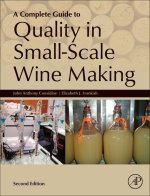
A Complete Guide to Quality in Small-Scale Wine Making
2931 Kč -

French Patisserie
1111 Kč -

How To Brew
523 Kč -
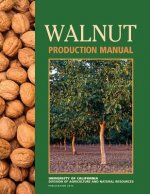
Walnut Production Manual
1641 Kč -

Soapmaker's Companion
440 Kč -

Thermoforming
5051 Kč -

Chemistry of Fragrances
1001 Kč -

Beckett's Industrial Chocolate Manufacture and Use 5e
6958 Kč -
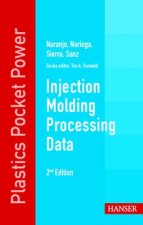
Injection Molding Processing Data
420 Kč -

Emperor Of Scent
283 Kč -

Vineyards, Rocks, and Soils
1333 Kč -

Formulas, Ingredients and Production of Cosmetics
6032 Kč -

Malt
382 Kč -

Designing Great Beers
482 Kč -

Introduction to Perfumery
2569 Kč -

Undiscovered Self
456 Kč -

Altbier
351 Kč -

Microbiome, Immunity, Digestive Health and Nutrition
4199 Kč -

Art of Beef Cutting - A Meat Professional's Guide to Butchering and Merchandising
976 Kč -

Science of Ice Cream
870 Kč -

Chocolate, Cocoa and Confectionery: Science and Technology
4943 Kč -

Modern Gastronomy
2390 Kč -

Porter
275 Kč -

Inventing Wine
394 Kč -

Water Electrolysis for Hydrogen Production
5976 Kč -

Perfectly Creamy Frozen Yogurt: 56 Amazing Flavors
359 Kč -

Global Cheesemaking Technology - Cheese Quality and Characteristics
5821 Kč -
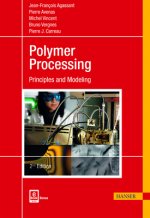
Polymer Processing
5735 Kč -

Pharmaceutical Quality by Design - A Practical Approach
2967 Kč -

Essential Rubber Formulary: Formulas for Practitioners
3254 Kč -

Art of Making Fermented Sausages
423 Kč -

Amber Revolution
885 Kč -

Chromatopia
613 Kč -

Natural Soap Book
330 Kč -

Craft and Science of Coffee
2908 Kč -

Cosmeceuticals and Cosmetic Ingredients
5966 Kč -

Colour
207 Kč -

Injection Mold Design Engineering
3230 Kč -
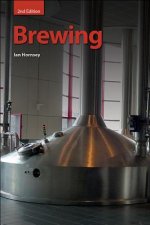
Brewing
937 Kč -

Mouthfeel
1470 Kč -
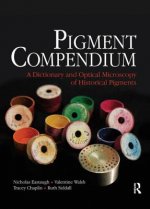
Pigment Compendium
6126 Kč -

Indigo
578 Kč -
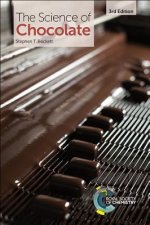
Science of Chocolate
999 Kč -

Plastics Handbook
3488 Kč -

Polymer Extrusion
3957 Kč -

Chemistry of Wine
1724 Kč -

Concepts in Wine Technology
876 Kč -

Chemical Formulary, Volume 1
1314 Kč
Osobní odběr Praha, Brno a 12903 dalších
Copyright ©2008-24 nejlevnejsi-knihy.cz Všechna práva vyhrazenaSoukromíCookies


 Vrácení do měsíce
Vrácení do měsíce 571 999 099 (8-15.30h)
571 999 099 (8-15.30h)